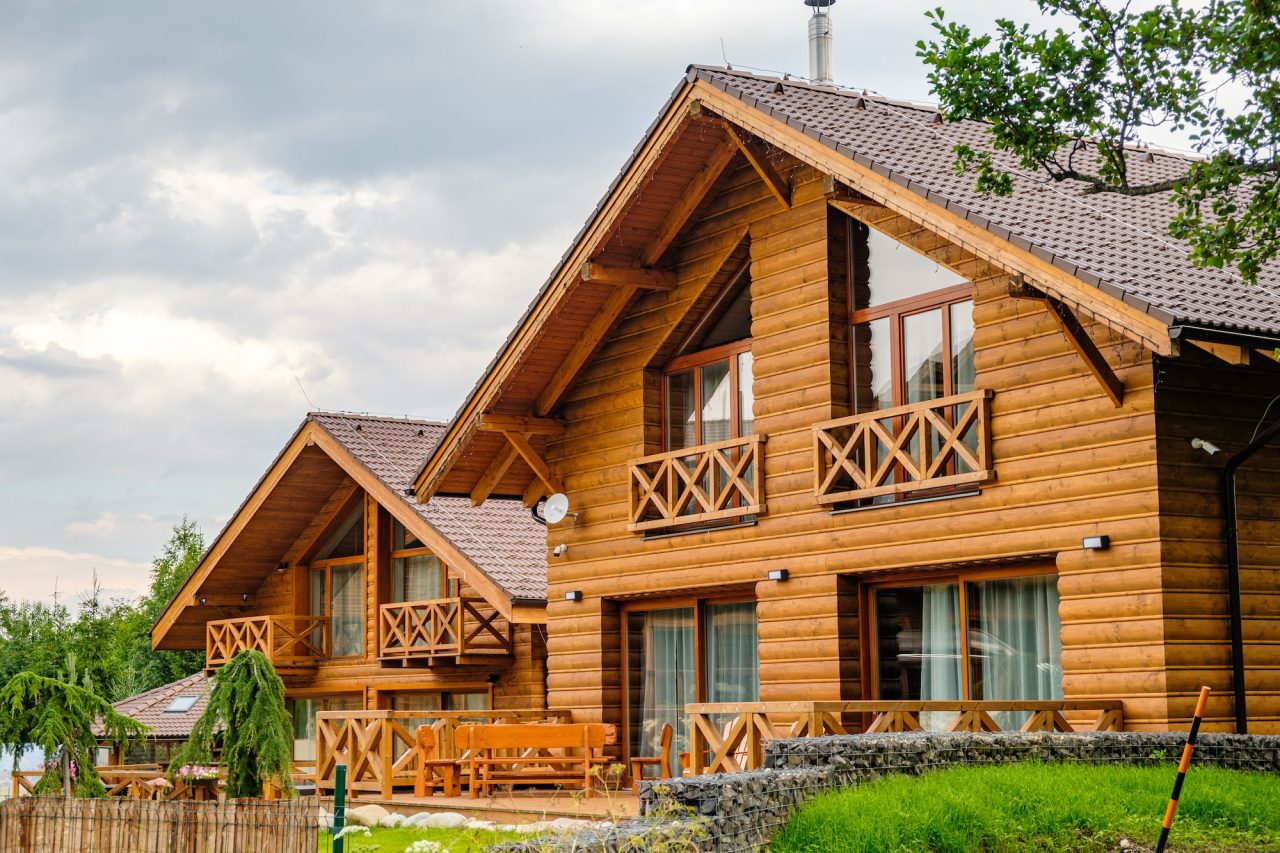Why Mortgage Default Insurance Matters Today
In 2025, Canada’s housing market is showing signs of cooling. The average home price is estimated to fall by about 2 % from 2024, from around $689,619 to a range between $676,909 and $679,107. Even with that dip, affordability remains a challenge in many markets, especially in Ontario and British Columbia.
Because home prices remain high relative to incomes and savings, many buyers are still relying on down payments below 20 %. That’s where mortgage default insurance comes in: when your down payment is 20 % or less, this insurance is required. (In Canada’s mortgage parlance, such financing is called a “high-ratio mortgage.”) If you don’t pay 20 %, the lender requires the insurer to protect it against your default.
What Is Mortgage Default (Loan) Insurance?
Mortgage default insurance—or mortgage loan insurance—serves the lender, not you, the borrower. If you are unable to make your mortgage payments and default, the insurer steps in to cover the lender’s losses.
You need this insurance if:
Your down payment is 20 % or less
The mortgage (loan) is more than 80 % of the home’s purchase price
Because lenders take on more risk with smaller down payments, insurers require this protection.
Who Provides Default Mortgage Insurance in Canada?
There are three major providers:
CMHC (Canada Mortgage and Housing Corporation)
Canada Guaranty
Sagen (formerly Genworth Canada)
Although the providers differ in name, they follow the same general rules, standards, and premium schedules in practice.
Which Mortgages Qualify for Default Insurance?
Beyond having a down payment of 20 % or less, you must also meet these criteria:
Purchase price under $1.5 million
The property must be a principal residence
Maximum amortization: usually 25 years
Debt service ratios under thresholds
Minimum credit score of 600
These requirements help ensure that borrowers are financially stable and reduce the chances of default.
Who Pays for Default Insurance—and How?
The cost of mortgage default insurance is typically rolled into your mortgage. The lender pays the insurer at closing, but that cost is added to your principal. You then repay it over time via your regular mortgage payments.
You might also be required to pay provincial sales tax on the insurance premium (in provinces like Ontario, Quebec, Manitoba, and Saskatchewan). That tax often cannot be added to your mortgage and must be paid in cash at closing.
How Much Does Default Insurance Cost in 2025?
The insurance premium is calculated as a percentage of your mortgage amount (not the purchase price), based on your loan-to-value (LTV). Higher LTVs incur higher premium rates.
| Loan-to-Value Range | Premium Rate |
|---|---|
| ≤ 65 % | 0.60 % |
| ≤ 75 % | 1.70 % |
| ≤ 80 % | 2.40 % |
| ≤ 85 % | 2.80 % |
| ≤ 90 % | 3.10 % |
| ≤ 95 % | 4.00 % |
Example: Suppose you purchase a home for $500,000 and make a down payment of 5 % ($25,000). Your mortgage before insurance is $475,000, and your LTV is 95 %. In that case, your default insurance premium might be 4.00 %. That means $475,000 × 4.00 % = $19,000 in default insurance. That $19,000 would typically be added to your mortgage, making the total mortgage amount $494,000. You would also need to pay any applicable provincial tax on that premium.
Why Making a Larger Down Payment Helps
Even though any down payment ≤ 20 % requires default insurance, the size of your down payment still influences your insurance costs. A 5 % down payment (LTV = 95 %) is viewed as riskier than a 15 % down payment (LTV = 85 %), so the premium rate is higher.
Larger down payment = lower insurance premium
More equity upfront = less risk for the insurer, hence lower cost
So, if you can stretch your down payment a bit further, it can meaningfully lower your mortgage insurance charges.
The Benefits of Mortgage Default Insurance
While paying extra for insurance isn’t fun, there are real advantages:
Access to homeownership with a lower down payment
Potential for better mortgage rates
Market stability
Default Insurance vs. Mortgage Protection Insurance
It’s important to distinguish these:
Default (loan) insurance protects the lender in case you default.
Mortgage protection insurance protects you or your family, paying off your mortgage (or a portion) if you die, become disabled, or face critical illness.
Default insurance is mandatory when your down payment is ≤ 20 %. Mortgage protection insurance is optional, but strongly recommended.
Next Steps / How We Can Help
Given how much home values and rules change, it’s worthwhile to use updated calculators, ask your lender for breakdowns, and consult a mortgage or insurance specialist.
At Maple Bay Financial Corp., we help clients understand their mortgage life insurance options and secure coverage that fits their situation. Whether you’re buying a home now or renewing in the future, we can support you through the details.
Contact us today to discuss your mortgage protection needs and get tailored guidance for your situation.

